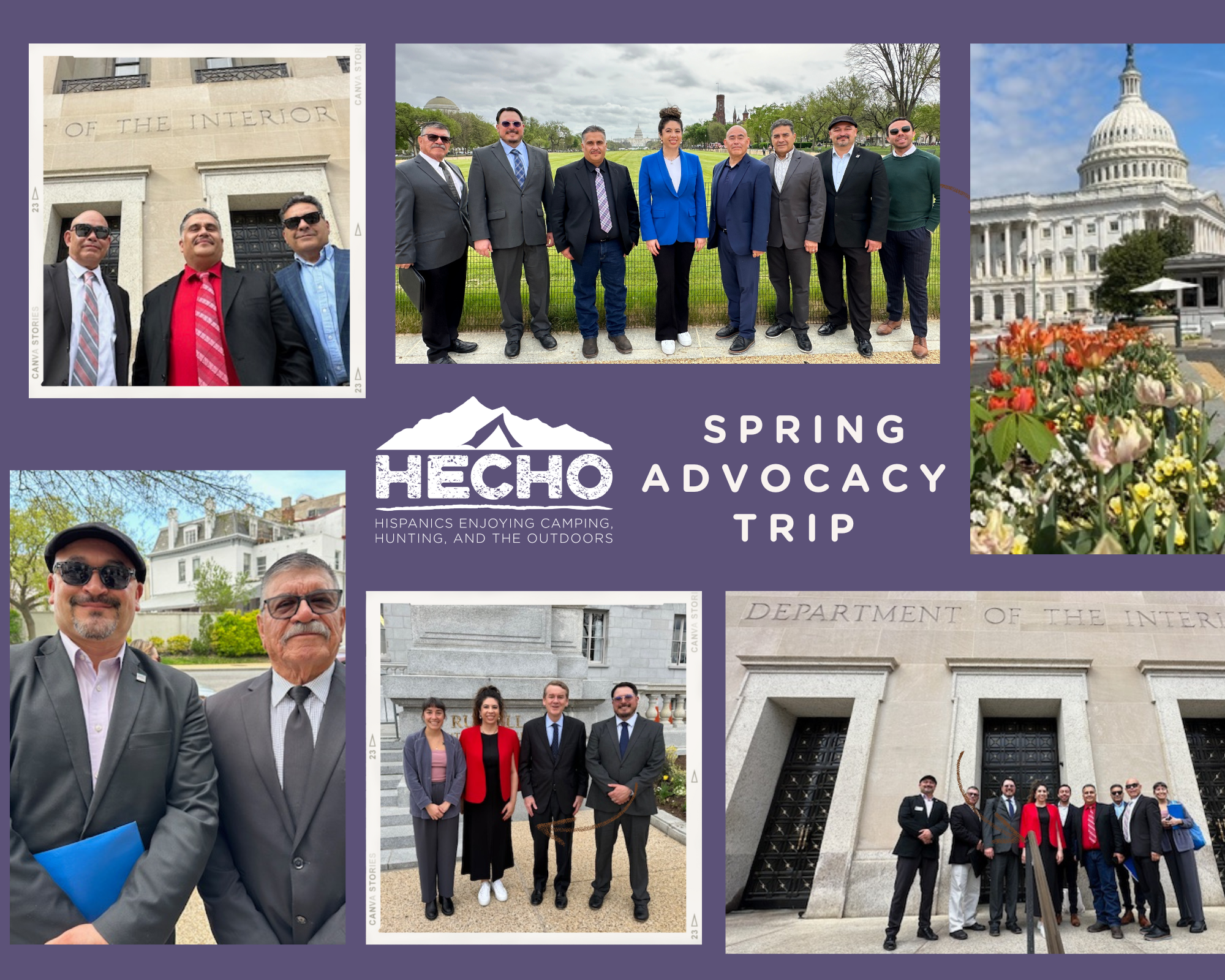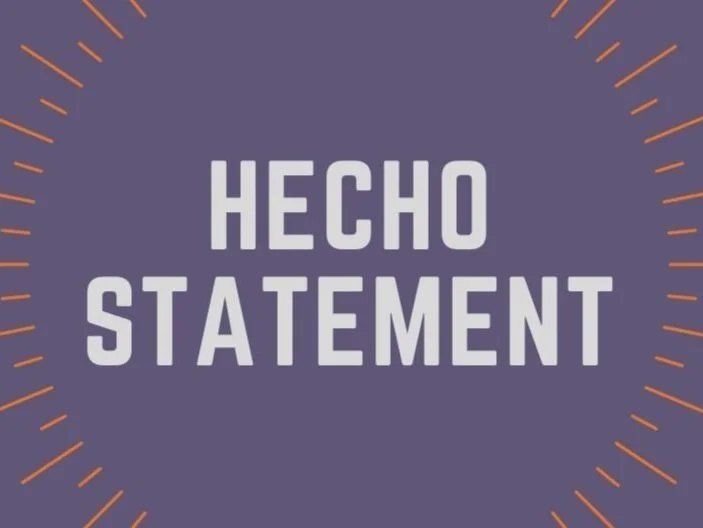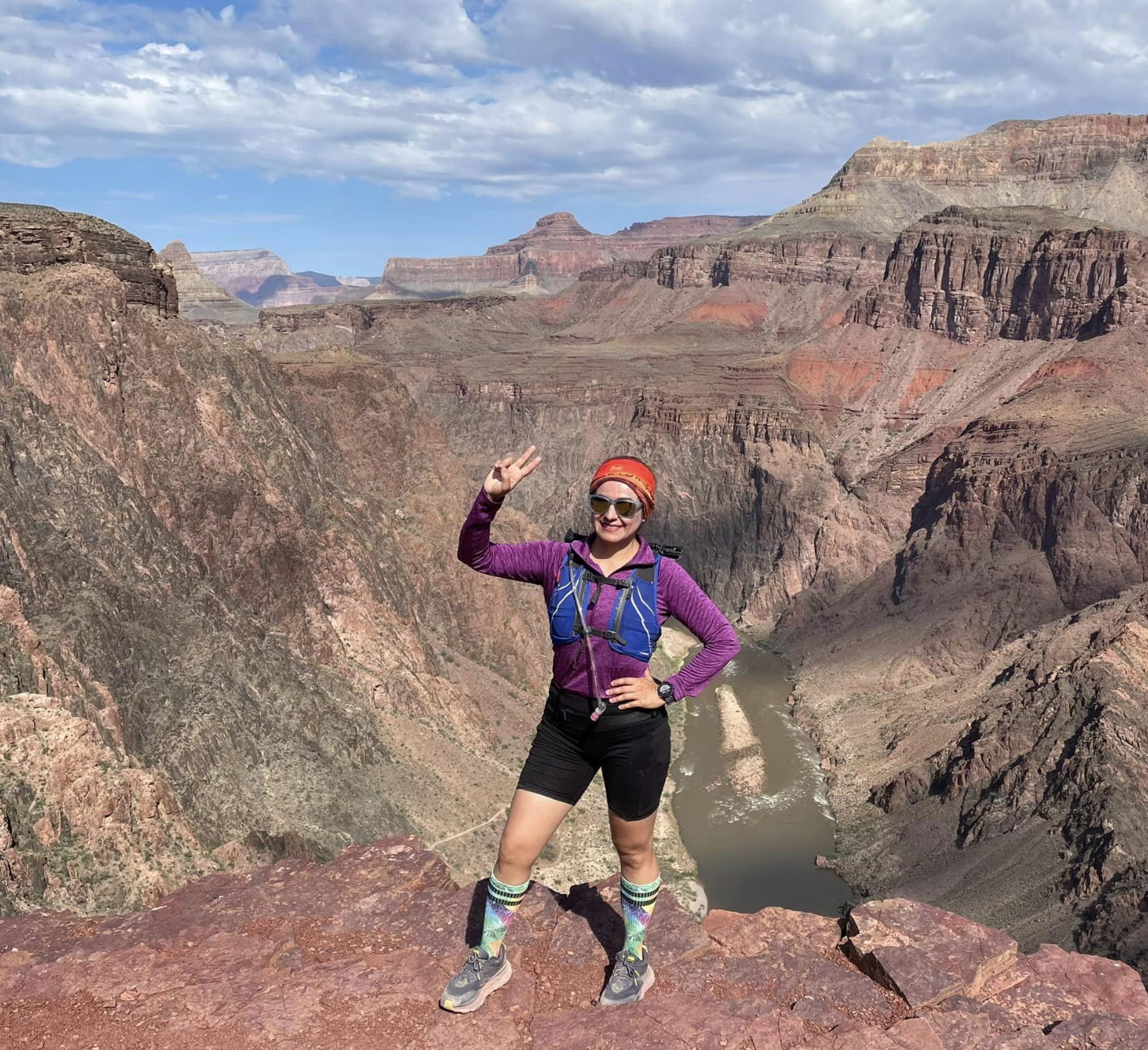Colorado River Resiliency
The Colorado River drains a watershed spanning a quarter of a million square miles in the United States and Mexico. In addition to serving populous and important urban communities, the Colorado River provides all or part of the water for 5 million acres of irrigated farmland in nine states. The Colorado River also provides drinking water to over 36 million people, supports a $26 billion water-based recreation economy and sustains 30 endemic fish species. The Colorado River Basin’s climate problems are twofold. First, a century ago's decisions overallocated the river's water, promising more to the region's farms and growing cities than the river could deliver even under a stationary climate subject to decadal-scale variability. Second, climate change has magnified the problem—21st-century flows are 20% below the already inadequate 20th-century average, with a substantial portion of that reduction attributed to climate change and with continued declines predicted.
Additionally, several historical, cultural, and social aspects of maintaining a healthy river system must be addressed. The Colorado River provides water for one-third of the Hispanic/Latino population in the United States; Hispanic/Latinos make up the bulk of agricultural workers harvesting the produce from the river waters. There are also 30 tribal nations that span the Basin, many of which hold senior water rights.
Recent Work































